If your toilet bowl takes forever to fill up with water, it can be incredibly frustrating. If you’re like me, then you probably don’t enjoy having to deal with a slow-filling toilet. Luckily, there are a few things that you can do to help fix the problem.
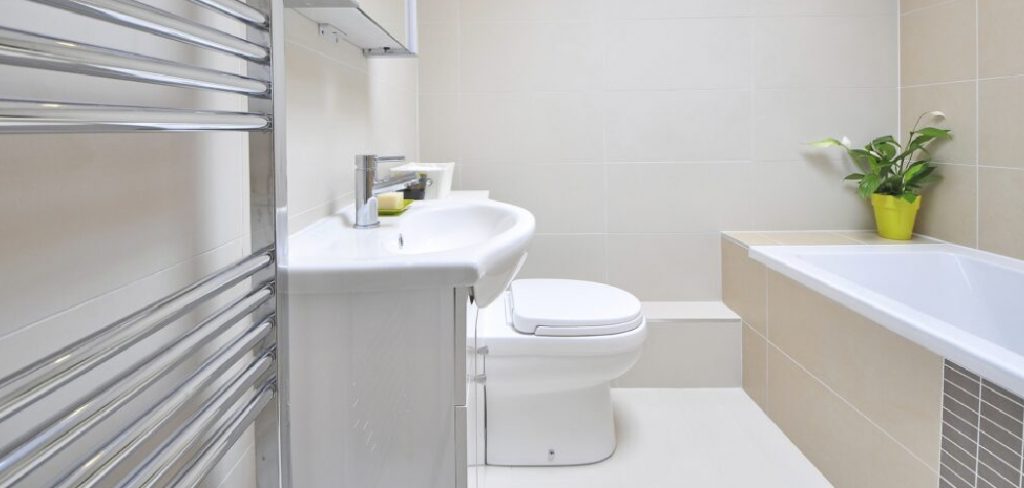
In this blog post, we will discuss some of the causes of a slow-filling toilet and how to fix slow filling toilet. We will also provide some steps and tips to keep your toilet running smoothly in the future. So if your toilet has been giving you trouble, keep reading!
Summary: To fix a slow filling toilet, start by making sure the water valve shut off is fully open. Check the flush valve and look for any debris inside it or any signs of wear. Remove and replace any clogged or worn parts, then adjust the float arm so that it is not too close to the valve inlet. Lastly, if your toilet still isn’t filling up properly, try replacing the flapper with a new one.
What Causes Slow Filling Toilet?
There are a few things that could be causing your toilet to fill slowly. It could be a clog in the supply line, or the shut-off valve could be partially closed. Another possibility is that the float ball is stuck, preventing the water from entering the tank. Whatever the cause, there are a few easy ways to fix a slow-filling toilet.
8 Steps on How to Fix Slow Filling Toilet
Step 1: Check the Water Level
If the water level is too low, it can cause the toilet to fill slowly. The ideal water level is about an inch below the top of the overflow pipe. That’s why you should always keep the water level at least an inch below the top of the overflow pipe.
Step 2: Check the Fill Valve
The fill valve is responsible for bringing water into the toilet tank. If the fill valve is damaged or not working properly, it can cause the toilet to fill slowly. To check the fill valve, remove the lid from the toilet tank and flush the toilet. Then, watch the fill valve to see if it’s working properly. If the fill valve is not working properly, you’ll need to replace it.
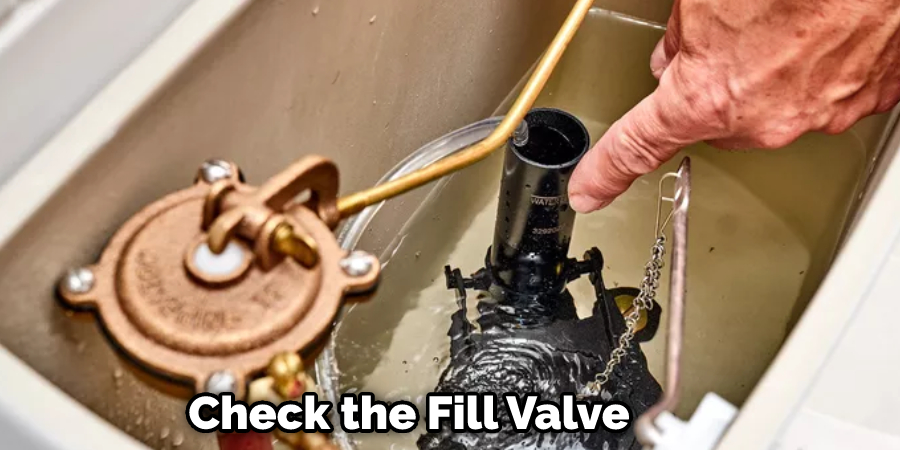
Step 3: Check the Shut-Off Valve
The shut-off valve is responsible for supplying water to the toilet. If the shut-off valve is not working properly, it can cause the toilet to fill slowly. To check the shut-off valve, turn off the water to the toilet and flush the toilet. Ensure every drop of water has been flushed from the bowl. Next, take a look at the fill valve. The fill valve is located inside the tank and is responsible for drawing water into the tank.
Step 4: Check the Flapper
The flapper is a rubber seal that sits over the hole at the bottom of the tank. When you flush the toilet, the flapper lifts and allows water to flow from the tank into the bowl. If the flapper is damaged or not sealing properly, it can cause the toilet to fill slowly. You may find that the flapper needs to be replaced if it is old or damaged.
If the flapper looks fine, flush the toilet and watch to see if it is lifting all the way. If it isn’t, adjust the chain so that it is shorter. This will allow the flapper to lift higher and seal better. If the chain is too short, the flapper won’t be able to open fully, and water will constantly leak into the bowl.
Step 5: Check the Tank
If the inside of the tank is dirty, it can cause the toilet to fill slowly. To clean the tank, flush the toilet and turn off the water supply. Next, remove the lid from the tank and use a sponge or brush to clean away any dirt or debris. Once you’ve cleaned the tank, Check the float ball. If the float ball is old or damaged, it may cause the toilet to fill slowly. Try replacing the float ball with a new one. If that doesn’t solve the problem, you may need to replace the entire fill valve assembly.
Step 6: Check the Bowl
If the bowl is dirty, it can cause the toilet to fill slowly. To clean the bowl, flush the toilet and then use a brush or sponge to clean away any dirt or debris. Once you’ve cleaned the bowl, check the float ball. If the float ball is old or damaged, it may cause the toilet to fill slowly.
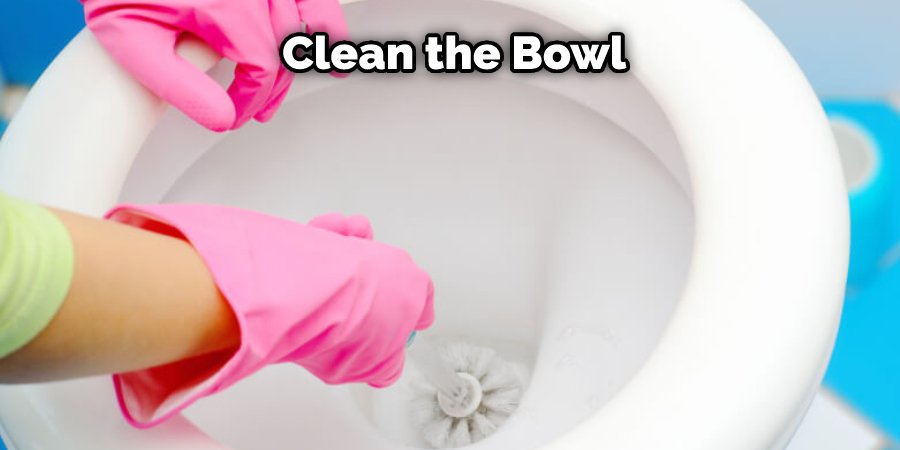
Step 7: Check the Drain
If the drain is clogged, it can cause the toilet to fill slowly. To check the drain, flush the toilet and then use a plunger to try and unclog the drain. If the plunger doesn’t work, you may need to use a plumber’s snake to clear the clog. The best plunger is a toilet auger. Some people use a regular plunger, but the toilet auger is designed explicitly for toilets and will work better.
Step 8: Check the Vent
Checking the vent is the next logical step in troubleshooting a slow-filling toilet. The vent could be clogged with debris, which would cause water to fill slowly. To check the vent, remove the cap and shine a flashlight down the pipe. If you see any debris, use a plunger to try and dislodge it. If that doesn’t work, you may need to call a professional to clear the vent.
If you’ve tried all the steps above and the toilet is still filling slowly, it’s time to call a professional. A plumber will be able to diagnose the problem and fix it quickly. In most cases, a slow-filling toilet is an easy problem to fix. However, if the problem is more serious, a plumber will be able to fix it and get your toilet working properly again.
What to Do to Avoid Slow Filling out Toilet?
There are a few things you can do to avoid having your toilet fill slowly in the future. First, ensure that nothing is blocking the hole in the bottom of the bowl. This can be caused by a build-up of debris or even a small toy that has fallen in. Second, clean out the P-trap regularly to ensure it is not blocked. Finally, if you have a septic tank, have it pumped out every few years to avoid any build-up in the tank that could cause problems.
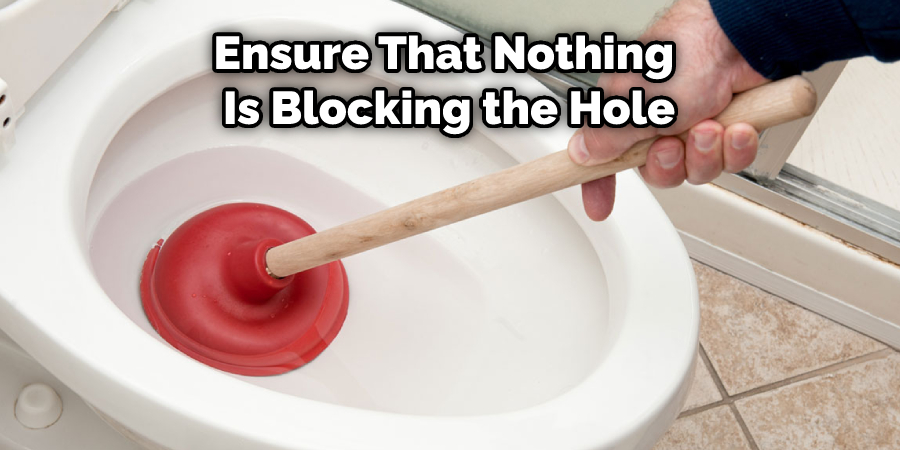
Essential Tips to Fix Slow Filling Toilet
- The first thing you need to do is check your water pressure. If it’s too low, that could be the reason your toilet is filling slowly. You can easily check this by attaching a pressure gauge to your hose bib and seeing what the reading is. If it’s below 30 psi, that could be the problem.
- Another common reason for a slow-filling toilet is a clogged pipe. This can be easily checked by disconnecting your hose from the bib and seeing if water flows freely through it. If not, you’ll need to clear the blockage.
- Another possibility is that your shut-off valve is partially closed. This can restrict water flow, causing your toilet to fill slowly. To check this, turn the knob on the valve to the open position.
- Another potential cause of a slow-filling toilet is a float set too low. The float is what controls the water level in the tank, so if it’s set too low, the water level will be too low as well. To adjust the float, turn the screw on the side of the tank to raise or lower it.
- Another thing that can cause a slow-filling toilet is a leak in the tank. This is usually caused by a faulty flapper or gasket. To check for a leak, simply put a few drops of food coloring in the tank and see if it appears in the bowl within 15 minutes. If it does, you’ll need to replace the flapper or gasket.
- Another potential cause of a slow-filling toilet is a clogged vent stack. This can be checked by removing the lid from the tank and flushing the toilet. If water starts shooting out of the vent stack, that’s an indication that it’s clogged. To clear a clogged vent stack, you’ll need to use a plunger or snake.
- Another thing that can cause a slow-filling toilet is a faulty shut-off valve. This can be checked by turning the knob on the valve to the off position and seeing if water continues to flow into the bowl. If it does, you’ll need to replace the valve.
- Another potential cause of a slow-filling toilet is a problem with the fill valve. This can be checked by removing the lid from the tank and flushing the toilet. If water continues to flow into the bowl after the flush, that indicates a problem with the fill valve. To fix this, you’ll need to replace the fill valve.
- Another thing that can cause a slow-filling toilet is a build-up of sediment in the tank. This can be checked by removing the lid from the tank and flushing the toilet. If water spurts out of the tank instead of flowing smoothly, that indicates a sediment build-up. To fix this, you’ll need to clean out the residue from the bottom of the tank.
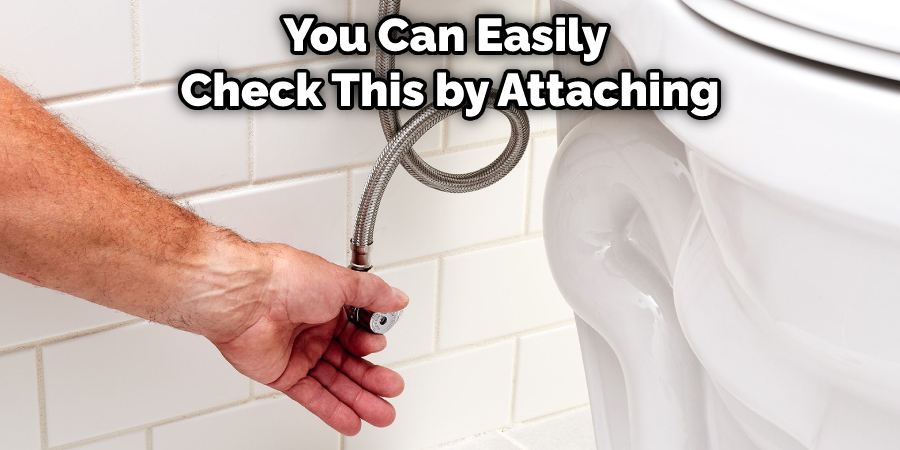
Conclusion
Is your toilet taking forever to fill up? You’re not alone. This is a common problem that plumbers get called to solve every day.
Once you have diagnosed the problem, it’s time to start fixing it! We have provided some steps and tips on how to fix slow filling toilet to solve each of these issues below. Follow these steps, and your toilet should be running like new in no time!
